Living fence ideas – 5 ways to bring your yard boundary to life
Make a feature out of your garden fence by adorning it with greenery
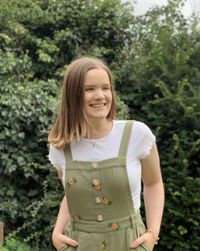

Few gardeners will argue they've finished curating their backyards, even after making their dream garden a reality. You might step back to appreciate the full borders you've created, only to see the backdrop of bare fences tainting the view. So why not make the fences part of the planting?
You might be wondering how to replicate living wall ideas on a fence, and the good news is there are plenty of ways of doing so. Plus, living fences are one of the top trends named in the Garden Media Group's 2025 Garden Trends Report, so getting planning your living fence now will have you ahead of the game for the coming year.
The beauty of a living fence is you can interpret it just as you like and create a vertical garden that suits your personal taste. We asked garden experts for their favorite ways to create a living fence and compiled the most beautiful ideas right here for you to explore.

5 inspiring living fence ideas
The GMG trends report notes living fences should be considered a key feature of English garden ideas: 'Whether it's a wild Piet Oudolf hedge or one from Sissinghurst Castle, living fences are a statement of luxury and a functional addition to our outdoor spaces.'
Whether you're looking to capture a quintessential essence in your yard, or simply want to give your garden fence more aesthetic appeal, these expert-chosen living fence ideas are worth browsing for some inspiration.
1. Create a mixed hedge

If you are not sure where to get started with bringing your garden fence to life and like the look of multiple plants for a flowering living wall, as well as foliage, try curating the perfect blend for your yard.
'I absolutely love using a mixed hedge. Combining plants like flowering shrubs, evergreens and even vines can create a layered, textured fence that feels lush and interesting year-round,' says Matthew Coates, landscape design expert and Bainbridge Island architect.
Design expertise in your inbox – from inspiring decorating ideas and beautiful celebrity homes to practical gardening advice and shopping round-ups.
With a base layer of the best evergreen climbers, like ivy and jasmine, you can ensure your fence boasts greenery all-year-round. Adding some blooming plants, such as geraniums, will then give your living fence seasonal interest.
Creating a mixed hedge like Matthew suggests, also has its environmental benefits. 'Imagine creating a layered hedge using native plants. This beautifies your yard year-round and offers habitats for local wildlife,' notes the GMG 2025 Garden Trends Report.
'Cape honeysuckle is one of my favorites for adding a pop of color to a living fence. I love how the bright orange-red flowers attract hummingbirds to the garden,' says Marek Bowers, landscape design expert and founder of Bolder Green.
'Plus, it grows quickly and can be trained to create a hedge if you give it some structure to grow on. It does need pruning now and then to keep its shape, but I find its vibrant blooms make it more than worth it,' he adds.
You can find Cape honeysuckle plants at Walmart.

Matthew Coates is the President and Principal Architect of Coates Design Architects. With more than 20 years of experience, he is recognized for his innovative and forward-thinking approach to high-performance architecture.
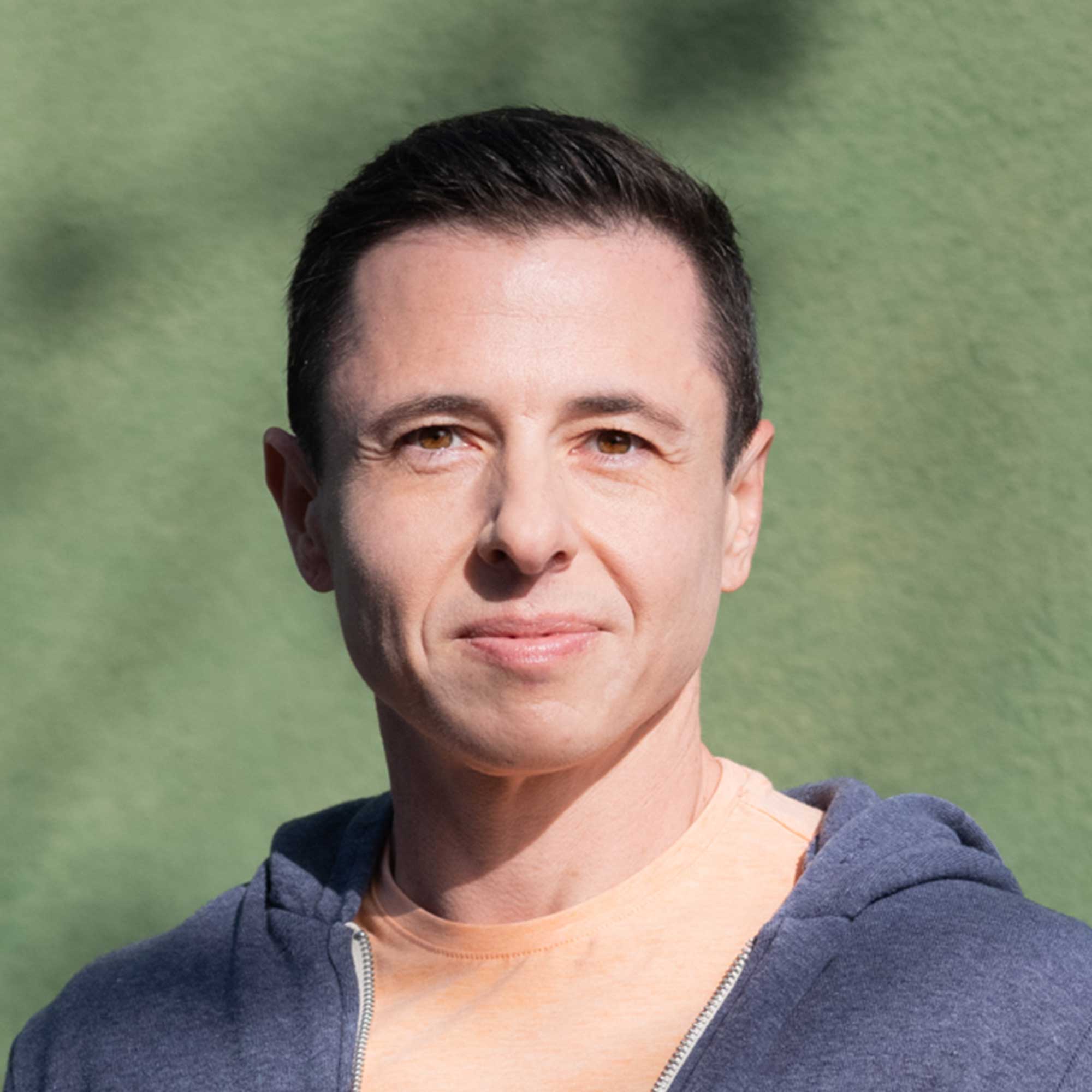
Marek is a sustainable landscaper and an expert on California and Colorado low-water rebates. Marek's website, Bolder Green, is a guide to eco-friendly gardening. Through his articles on drought-tolerant landscaping and xeriscaping, readers will learn how to design stunning gardens that conserve water and support wildlife, all while adding beauty to their outdoor spaces.
2. Infuse color with bougainvillea
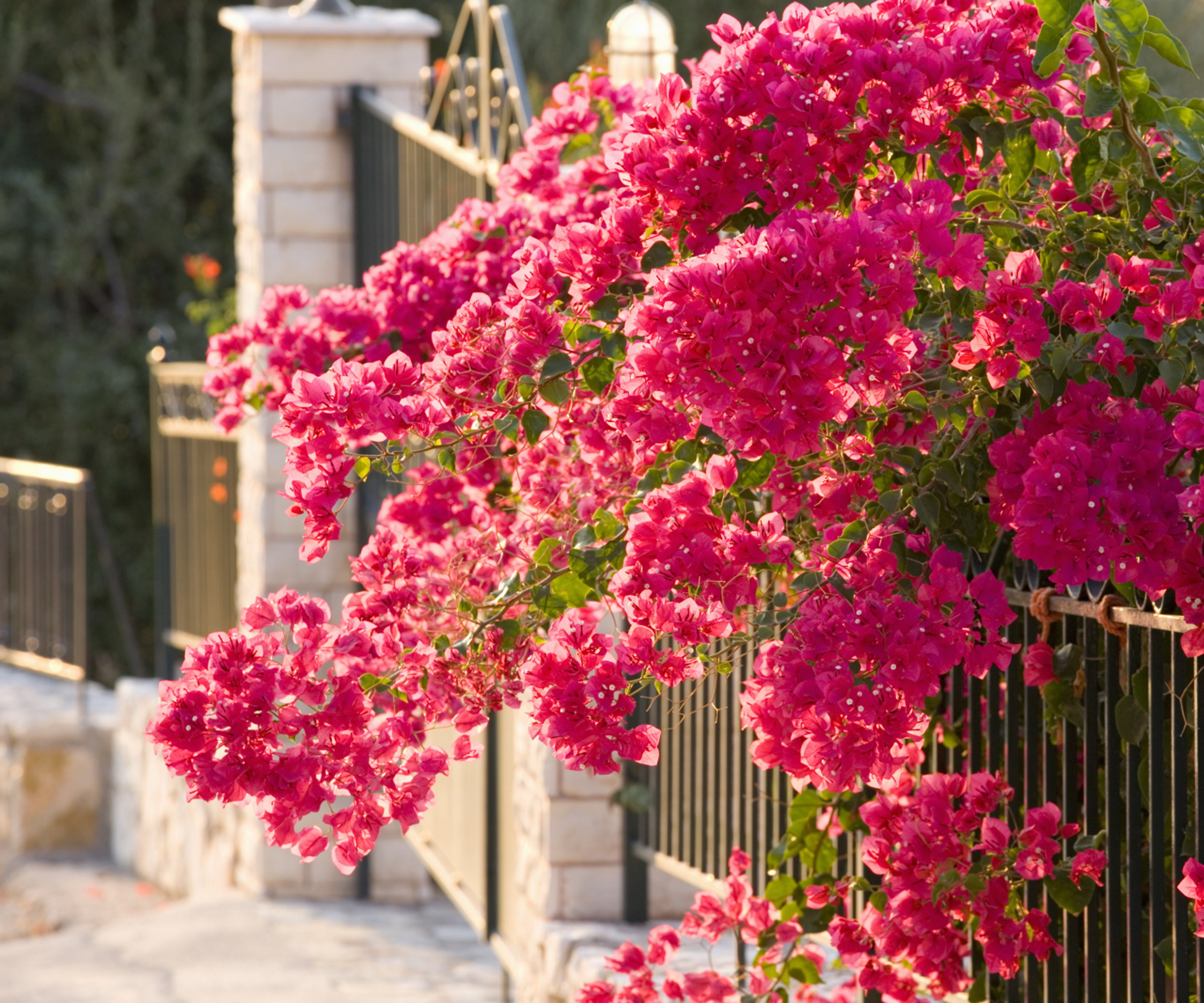
Among the unique options from the list of the best plants to cover a wall, there is one that stands out - bougainvillea. This statement flowering climber is a tropical plant, native to South America. It's also a popular choice when creating a Mediterranean garden.
'Bougainvillea is a showstopper! The bright, bold blooms are just stunning. I’ve used it along a trellis and it completely transforms a space,' says Marek.
You should grow bougainvillea in a full sun position in US hardiness zone 10 and 11, so a south-facing garden fence is the perfect spot. Use it to brighten your trellis ideas and create a border with it, or train it to grow up an existing fence.
'Just one word of advice: give it room to spread and be ready to prune bougainvillea back occasionally, especially after the flowering season, to keep it under control,' Marek adds.
This Elizabeth Angus Bougainvillea from Nature Hills is a beautiful choice.
3. Opt for variegated foliage

One way to get color on your living fence without using blooms is opting for variegated foliage. If you're a fan of variegated indoor plants, you'll know just how eye-catching the unique hues and patterns of these plants are - as living fence plants, they'll make your boundaries a feature worth talking about.
Ivy is a great plant to start with, as it has an array of varieties in different colors, such as this Yellow Ripple Ivy from Nature Hills. Alternatively, Actinidia kolomikta, or ornamental kiwi, offers pink and white foliage that looks as though it's painted.
'To create more visual interest, you can also choose shrubs or trees with berries and fruit,' says gardening expert and writer Janet Loughrey. This is a great option for fall and winter, adding color in place of summer blooms.
There are plenty of shrubs with winter berries that could be used to create a living fence, such as this Beautyberry from Nature Hills.
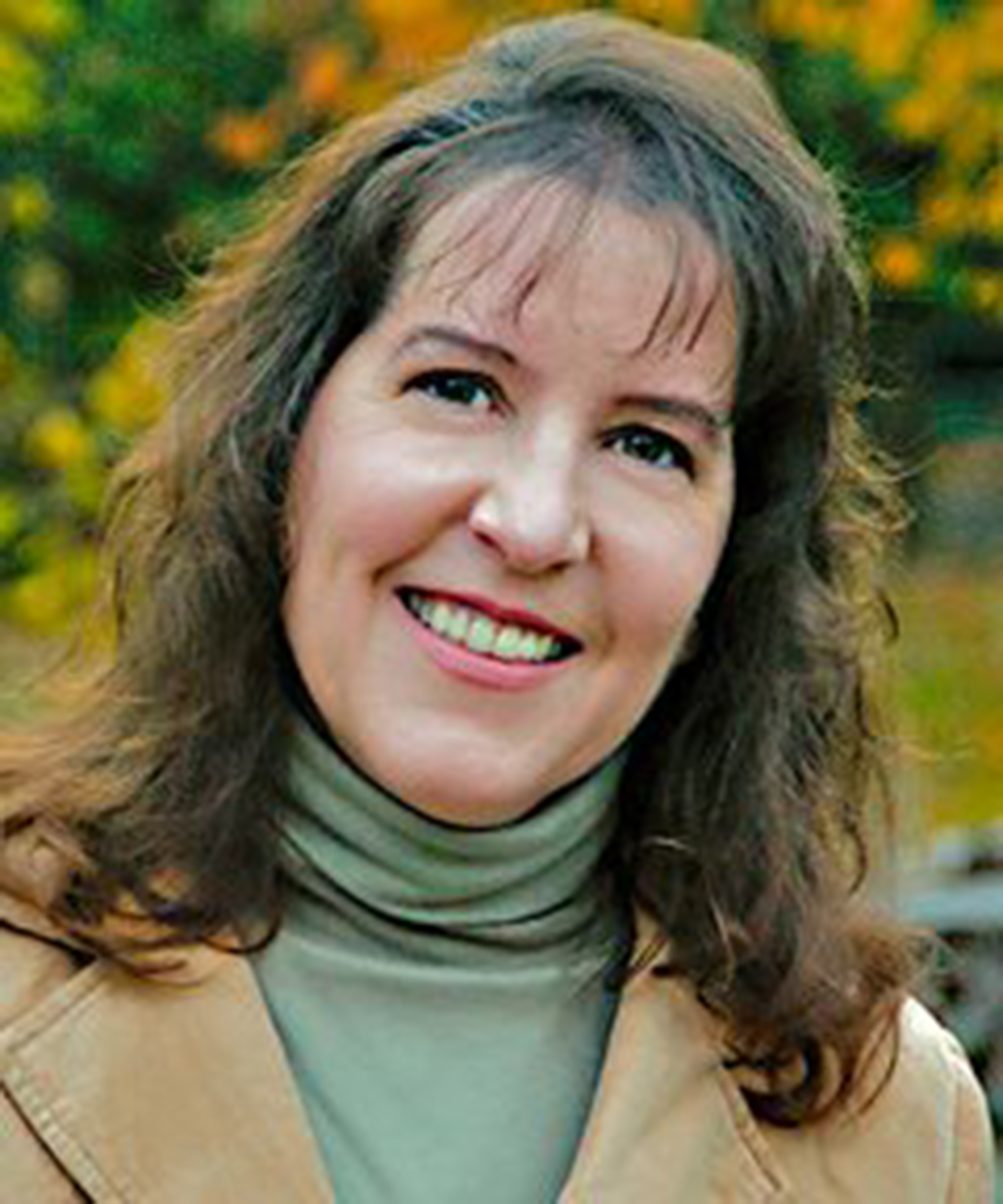
Janet Loughrey has been a full-time garden photographer and writer for 25 years. She lives and gardens in Portland, Oregon. Previously, Janet gardened in the Adirondack region of upstate New York where she grew up. Experiencing different climates has given Janet a greater appreciation of the gardening challenges they present. In her own personal garden, Janet tends to an eclectic mix of roses, shrubs, perennials, and bulbs. Her most recent passion is growing annual flowers in containers from seed.
4. Embrace formal planting
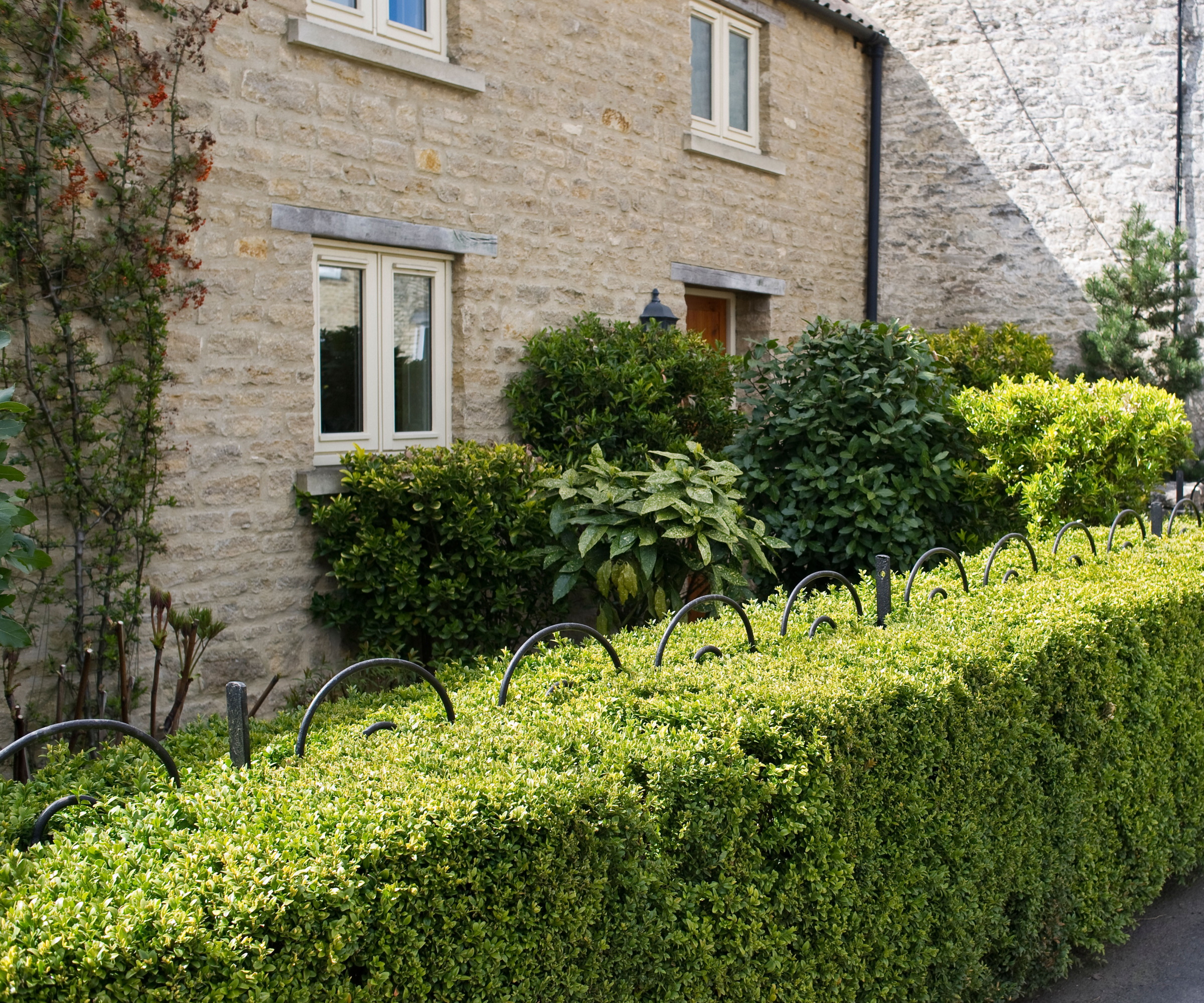
Sometimes keeping it simple is the best way to go, so consider landscaping with hedges to create a neat living wall.
'Boxwood is a classic evergreen, and easy to shape. It’s perfect if you want a formal, clean look in your yard,' says Matthew Coates. It's versatile nature also makes it one of the best plants for topiary.
Other options, include fast-growing hedges like privet. 'I’ve found privet to be a great choice if you’re looking for a classic hedge that fills in fast. It grows thick and dense, which means instant garden privacy once it’s established,' says Marek.
There are a range of ideas from formal garden design that can be adapted to creating a living boundary. Try growing and pruning a hedge around a metal fence, as photographed above, to get the look.
5. Weave a willow fence

To take the term 'living fence' literally, ditch the fence altogether and use plants to create your boundary. Willow weaving is an effective way to do this, and it can be personalized to match the style of your yard.
You can use a range of willow plants to do this, as well as different types of dogwood you might have growing in your yard. For example, this Bailey Red Twigged Dogwood from Nature Hills will add a pop of bright color to your living fence during fall and winter when everything else dies back.
Stick to a lattice pattern, like above, for a classic look, or get creative and make unique shapes with your woody stems.
This can even create a sturdy base for building out your living fence with other plants.
FAQs
Do living fences reduce pollutants in the air?
Yes, to some extent living fences and living walls reduce pollutants in the air. This is because the plants used in a vertical gardens capture and trap pollutants from the air before safely releasing them to the ground when it rains. They also help to cool the air through transpiration and can attract more wildlife to your yard.
'Living fences are also good for the soil, prevent erosion and help with drainage. It’s like giving back to the environment while getting a beautiful yard at the same time,' says Marek Bowers, landscape design expert and founder of Bolder Green.
'Remember to choose plant varieties that won’t outgrow their space,' advises Janet Loughrey. With only so much room on a fence, you need to choose plants that can be contained easily. Other considerations include how many environmental benefits you want to reap from your living fence - for example, by choosing from the best living wall plants for cleaning the air.

Tenielle is a Gardens Content Editor at Homes & Gardens. She holds a qualification in MA Magazine Journalism and has over six years of journalistic experience. Before coming to Homes & Gardens, Tenielle was in the editorial department at the Royal Horticultural Society and worked on The Garden magazine. As our in-house houseplant expert, Tenielle writes on a range of solutions to houseplant problems, as well as other 'how to' guides, inspiring garden projects, and the latest gardening news. When she isn't writing, Tenielle can be found propagating her ever-growing collection of indoor plants, helping others overcome common houseplant pests and diseases, volunteering at a local gardening club, and attending gardening workshops, like a composting masterclass.